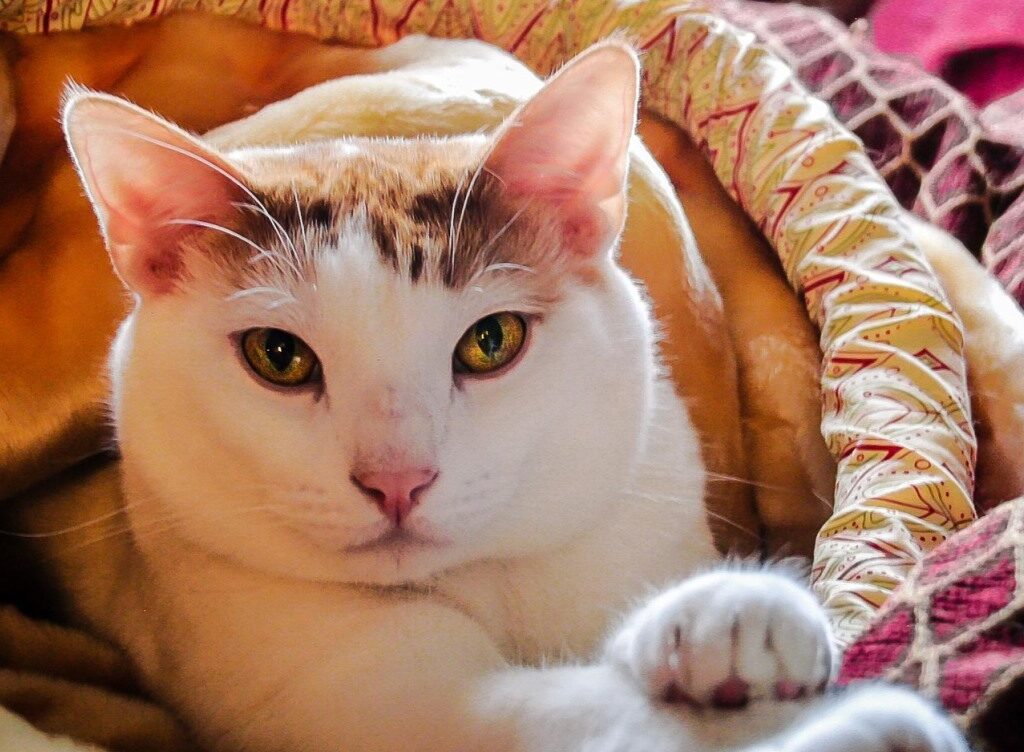
Why Do Cats Purr? The Science Behind This Mysterious Behavior
Cats are known for their soothing purring, a sound that can instantly bring comfort to pet owners. But why do cats purr, and what does it mean? While purring is often associated with contentment, the reasons behind this unique feline behavior are more complex than you might think.
1. A Sign of Happiness and Comfort
The most common reason cats purr is because they are happy and relaxed. When a cat curls up next to you and starts purring, it’s usually a sign that they feel safe and content. Studies suggest that purring releases endorphins in cats, which help them feel calm and stress-free.
2. Communication with Their Owners and Other Cats
Cats use purring as a form of communication. Mother cats purr to comfort their kittens, and kittens purr in response to their mothers, signaling that they are warm and well-fed. Some cats purr to get their owner’s attention, whether they’re seeking affection, food, or companionship.
3. A Self-Healing Mechanism
One of the most fascinating aspects of purring is its potential healing properties. Research indicates that the frequency of a cat’s purr (between 25 and 150 Hz) may promote tissue regeneration, reduce pain, and even improve bone density. This suggests that cats might use purring as a natural healing mechanism when they are injured or unwell.
4. A Way to Reduce Stress and Anxiety
Cats don’t just purr when they’re happy—they also purr when they are frightened or stressed. This is thought to be a coping mechanism, helping them self-soothe in stressful situations, such as during a vet visit or when encountering unfamiliar surroundings.
5. An Invitation for Interaction
Some cats purr to encourage social bonding with their owners or other animals. If your cat purrs while rubbing against you, it could be their way of strengthening their bond with you and reinforcing their trust.
6. Hunger or a Request for Attention
Studies have shown that some cats develop a unique type of purr, known as a “solicitation purr,” which is often mixed with a higher-pitched cry. This type of purr mimics the sound of a human baby’s cry and is designed to capture attention—usually when a cat is hungry and wants to be fed!
Final Thoughts
While purring is often associated with happiness, it serves multiple functions in a cat’s life, from communication and healing to stress relief and social bonding. Understanding the different reasons behind purring can help pet owners better interpret their cat’s needs and emotions. So the next time your cat purrs, take a moment to observe their behavior—it might be more than just a sign of contentment!
